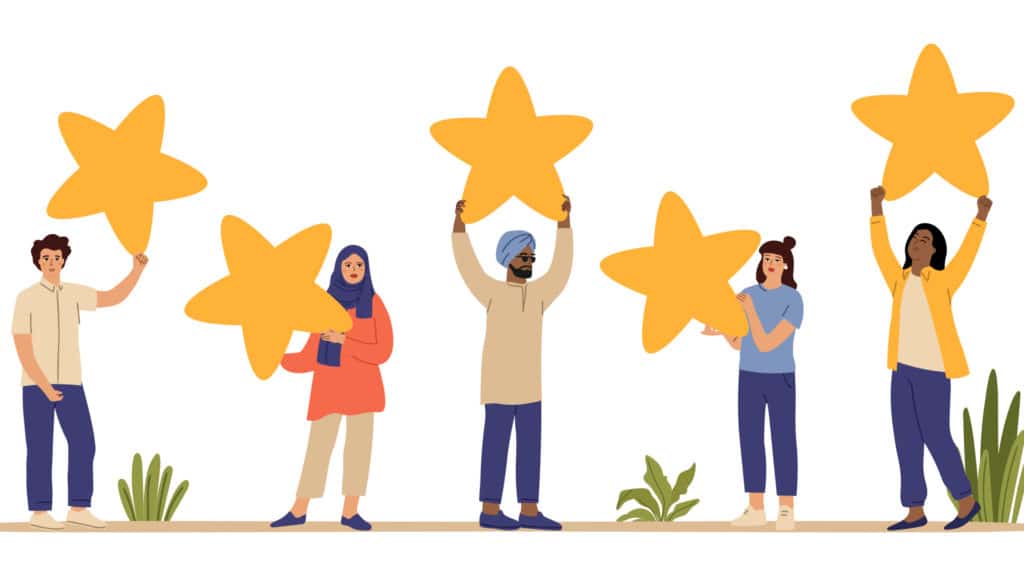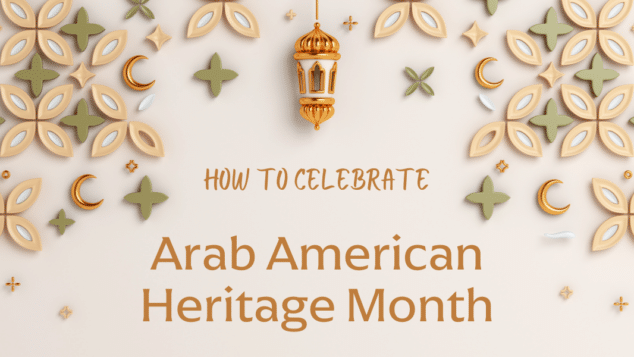Better Association Diversity and Inclusion Begins with Understanding

When the American Academy of Physical Medicine and Rehabilitation (AAPM&R) won Association Forum’s Welcoming Environment® Organizational Award, it wasn’t just a signal of the important work the association did last year. Rather, the award was the culmination of a years-long commitment to boost the association’s diversity, equity and inclusion (DEI) efforts and support the overarching vision for the specialty of physical medicine and rehabilitation.
AAPM&R, based in Rosemont, Illinois, has over 10,000 physiatrist members who serve diverse patients in diverse ways—everything from rehabbing professional athletes as team physicians to working with people who have lifelong disabilities. As the association saw it, a diverse membership demanded an association that embraces DEI at its core.
One driving force for AAPM&R throughout its journey has been the emphasis on understanding its members — including through extensive data gathering — before pursuing large initiatives. “When you have a really good foundation, it makes it a lot easier to know where you’re heading,” says Tracy Sereiko, CAE, Associate Executive Director, AAPM&R. “Otherwise, you can get so distracted on the path of what we should do and end up losing focus on the most important priorities.”
Driving Force
AAPM&R’s board began emphasizing DEI initiatives several years ago, and that top-down approach has been critical to the association’s overall success, says Shawn Sanford, Member Engagement Manager, AAPM&R. “If your board is not strategically prioritizing diversity and inclusion, then what happens is all your other efforts are one-offs, they’re not aligned to a larger strategy,” Sanford says. “So when all the fun from one reception dies down, there’s no clear idea of what’s next.”
To ensure this vision spread throughout the organization, the board created a diversity and inclusion strategic plan and established specific committees to spearhead DEI and execute day-to-day work. AAPM&R created an inclusion and engagement committee, with the chair of that committee also sitting on AAPM&R’s board. This overarching committee has several subcommittees, including the diversity and inclusion committee, each contributing to the association’s larger DEI goals.
“The board is the driving force,” Sereiko says. “That’s a critical piece. The board sought inclusion of as many members as possible to support the specialty vision and diversity and inclusion strategic plan, and [the board] takes responsibility for guiding and living the plan.”
Listening Tour
AAPM&R recognized that it needed to have a better understanding of its members’ personal identity demographics. Part of that work, which fell to the association’s diversity and inclusion subcommittee, meant removing, revising and adding questions on its member profile in order to get answers that would provide a more accurate and holistic view. “Understanding members on an individual identity basis will help us better serve them and include and connect them within the organization,” Sereiko says.
The diversity and inclusion committee was diligent in updating the personal demographic questions on the member profile, especially in being careful about the questions that were being asked. It was important, Sanford says, that the association identify its members from key categories, such as race, location (working in rural or urban areas), ethnicity and gender identity. “The spectrum of gender, for instance, is expanding,” Sanford says. “So we spent a significant amount of time looking closely at what other organizations are doing, how the census is asking these questions and more. We dug deep before making our final recommendations.”
AAMP&R also leaned on Association Forum’s Welcoming Environment survey. “The survey was useful for us,” Sereiko says. “The survey gives you a baseline of what you’re doing well, what you think you’re doing well and might not be doing well, and what you can be doing better. My advice is for other associations to participate as that will assist us all.”
Members’ response to the survey was fantastic, Sanford says. “We were early on in this formal journey and got almost 600 responses,” she says. “Our goal was to use that as a benchmark, and it’s really been that for us. Because what we saw in our results is that many people just didn’t know — and that’s OK.”
Open Conversations
AAPM&R is committed to being transparent about its efforts to ensure that members feel like they are a part of the process. Last year, that meant fostering critical conversations on potentially difficult topics with members and sharing updates on DE&I efforts.
In July, for instance, the association held a conversation after George Floyd’s murder. “We learned so much from having so many members share their personal stories,” Sanford says. While AAPM&R is still in its information-gathering phase, knowledge of a universally painful experience can, down the road, lead the association to be able to consider how it supports its members.
In addition to members sharing personal and professional roadblocks in these conversations, the goal was to also find out any barriers to members’ inclusion within the association. “They shared where we can improve, and we were grateful for that feedback,” Sanford says. “These member-facing events are some of the biggest wins we’ve had so far because they help us achieve our goals of educating members on all of our efforts but also giving them a place where they can get involved and be on this journey with us.”
The association continued to host events throughout the year on these subjects, including a webinar last October that provided members a detailed look at AAPM&R’s overall diversity and inclusion push, from start to finish. “We’ve had people with different opinions on our priorities,” Sanford says. “We want to create a safe space for members to voice their opinions.”
During and after these sessions, the association has received positive feedback from members for creating an environment where they feel comfortable sharing their stories and views, Sereiko says. “Our focus is on how we continue to include and engage more members on our diversity and inclusion journey.”
Consistent Messaging
AAMP&R is beginning to provide tangible diversity and inclusion offerings. With its annual meeting, for instance, the association added a process for all speakers. It includes basic items to submit — headshot, resume — but also a section for the speaker to consider and acknowledge the association’s principles of inclusion and engagement.
“What better transparency for these principles than the annual meeting,” Sereiko says. After all, members are busy — they might not be engaging with every piece of content that’s released. But the mentality is different at the annual meeting. “There’s a better chance that they’re going to look at that and realize we’re serious about this effort,” Sereiko says. “This is something you should be thinking about when you’re planning your session, figuring out who’s going to talk, what you’re going to talk about and how you’re going to engage the audience in that process.”
Moving forward, the association is looking to create more member content and programs. And, overall, AAPM&R is making a concentrated effort to build buy-in through sharing this diversity and inclusion message everywhere they can.
“Something that I’ve learned from our diversity and inclusion committee is to talk to members everywhere,” Sanford says. “We basically have this approach where we’re telling the same story in town halls, newsletters, emails, formal education sessions, social media, on our website. Any platform where you interact with the association, you’re going to hear about it. So even if you only passively pay attention, you know we’re on this journey.”
Want to boost your own DEI efforts? Visit Association Forum’s Welcoming Environment resource center for efforts you can implement right now.
Tags
Related Articles
ASGE’s Commitment to Supporting the LGBTQ+ Physicians in GI through Allyship and Education
Read about one association's efforts to pave the way for equity and inclusion for the...
How to Celebrate AAPI Heritage Month
Asian Americans have made tremendous contributions to the association industry and the diverse fabric of...
How to Celebrate Arab American Heritage Month
Whether you celebrate as an organization or an individual, April is a time to appreciate...




